Should I Shoot Does?
Question: “I have hunted on a lot of different farms and a lot of public hunting properties and the farm I am hunting on now has me puzzled. The property is around 800 acres and there are deer on it but I feel the number of deer is low for the size of the farm.
There is plenty of food, water and deer cover on this farm. I just think the number of mature does and bucks are way too low. However, the landowner says the bucks don’t move because there are too many does and tells every hunter to shoot all the does they see and this will make the bucks more aggressive.
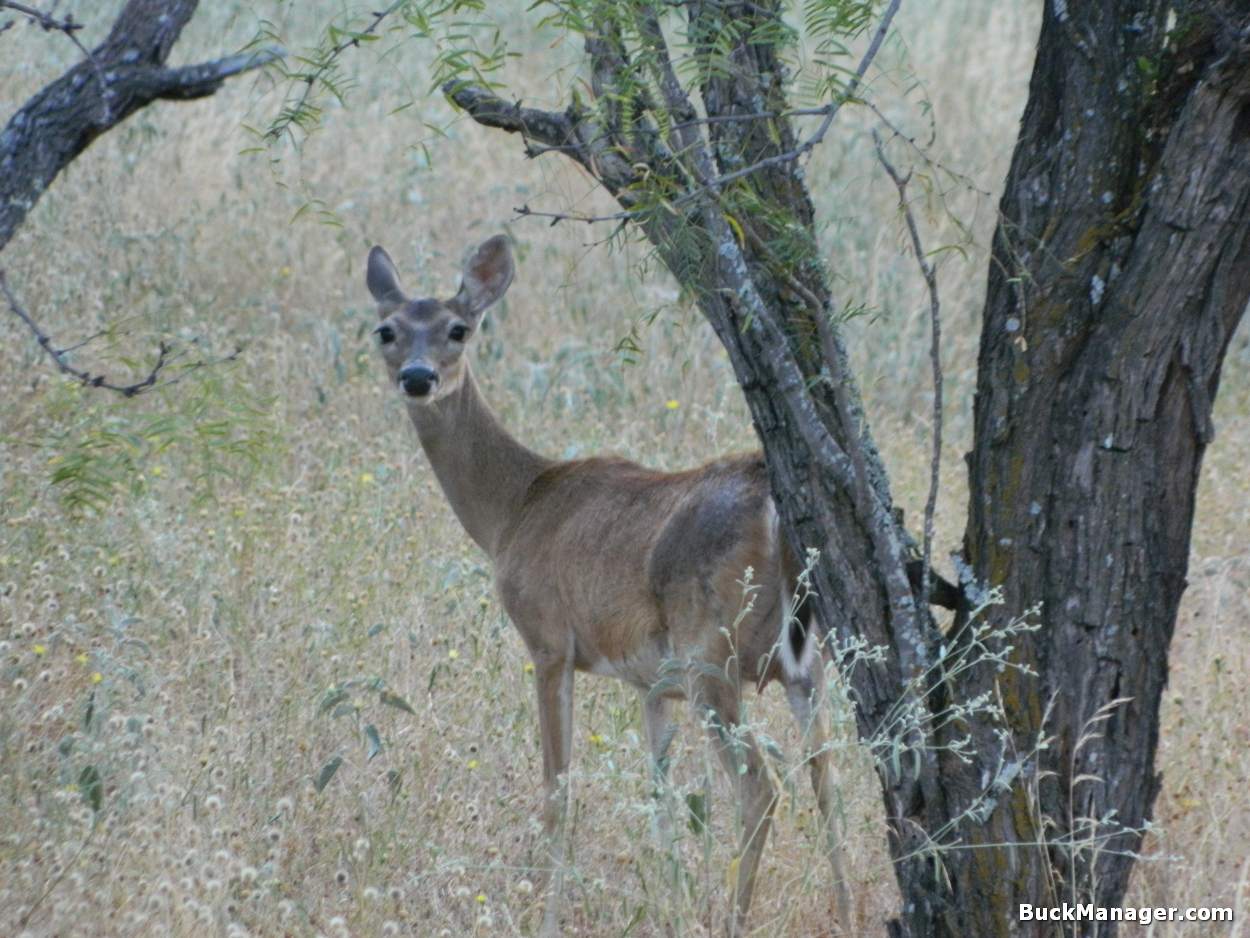
I disagree with this. I have heard the shoot does slogan many times, but if you shoot most of the does on a property won’t all the bucks be gone also? And what bucks you would have may be fighting for breeding rights but it’s going to be on the neighboring properties that are still holding does?
Also, if you have a fair number of does wouldn’t that mean more does that will come into heat and pull bucks onto your property?”
Doe Harvest Considerations
Response: Everything that you said about the over-harvest of does is correct. Beware of the ole “I heard that to manage deer you have to…” trap. Many hunters and landowners have fallen into it. Like a lot of things we hear, if it’s taken out of context then it’s no longer accurate, it’s not applicable.
In the case of the property that your hunting on, there likely was a time when the doe population needed to be reduced. It sounds like that is no longer the case—unless that is still the goal.
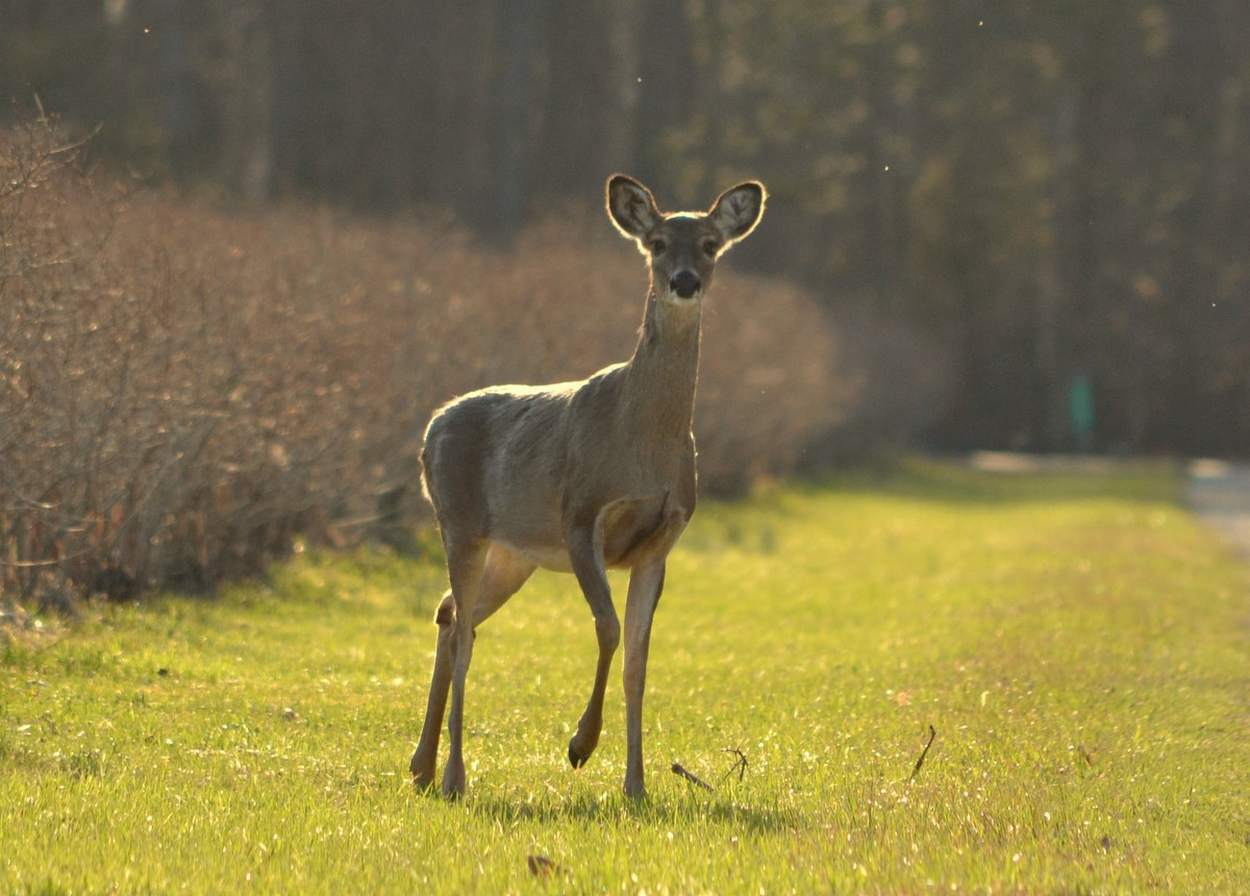
I don’t know the stipulations of you being able to hunt this particular 800 acre farm, but maybe the owner of the property just wants fewer deer on his farm. Fewer does means fewer deer and less crop damage, which may be the landowner’s goal.
The take-home lesson for others reading this: Before applying someone else’s management strategy to your property make sure it’s relevant to the deer herd and your goals.
Doe Harvest to Manage Density
Reducing the number of female deer is the principle way to limit the growth of a whitetail population. We should all be in agreement on this one. That’s why the intense harvest of does still has a time and a place. There are still pockets scattered across the whitetail’s range where high numbers of whitetail deer are causing problems.
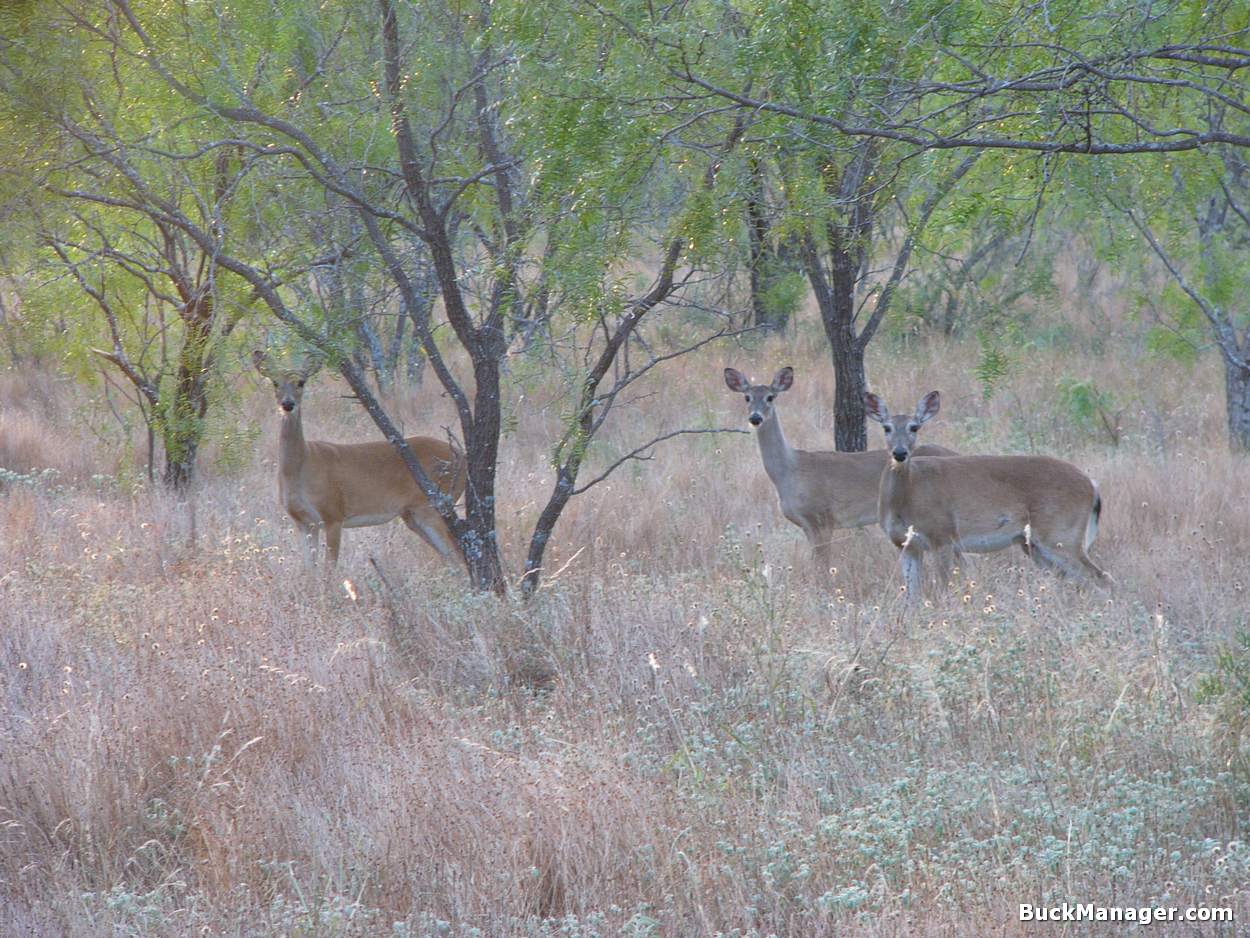
This spells bad news for habitat, agricultural producers and the owners of motor vehicles. A few good years of fawn production, population growth combined with little to no deer harvest and—boom—you’ve got a problem.
Doe harvest is where the rubber meets the road when it comes to reducing deer density in an area, but it’s definitely not a management silver bullet for better hunting.
Using Does in Estrus to Attract Bucks
Another no-brainer: Bucks are attracted to does in estrus. The more does you have hanging around the better the chances that bucks will want to visit your property. This seems like a good thing, but too many does causes problems down the road.
The problems that arise from too many does are when (1) deer numbers get out of hand (see above), (2) buck to doe ratios get out of whack, (3) breeding takes 3-4 months and (4) bucks get run down to the point that they don’t survive the winter or it takes a series of years for bucks and their antlers to recover.
Yes, it’s good to have does but only up to a point and then it’s counterproductive on many levels.
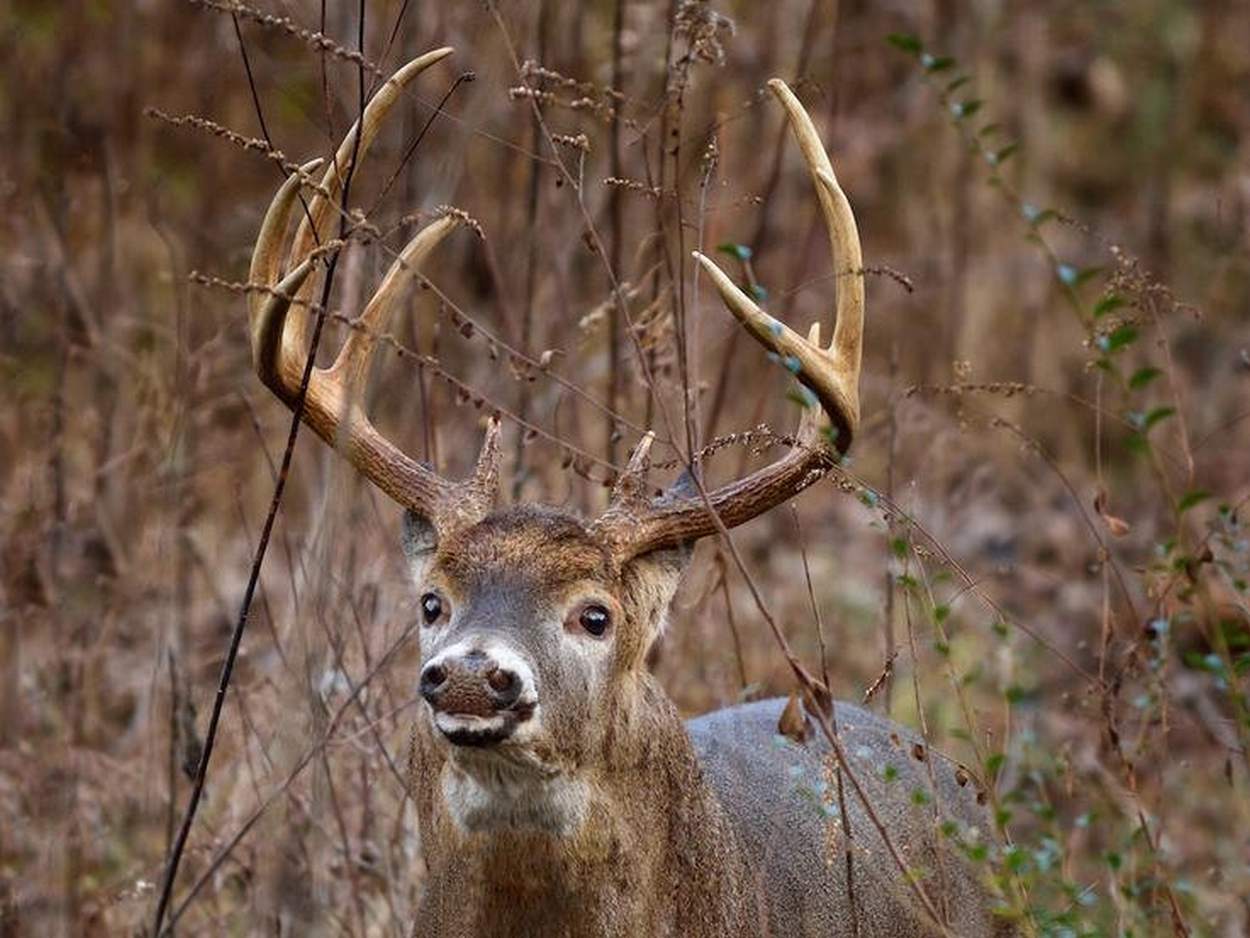
Adaptive Resource Management: A Principle for Deer
Managing a white-tailed deer population is about changing what you are doing in response to an ever-changing deer herd in order to achieve desired results. In one instance it may be perfectly justified to harvest every doe that a hunter sees.
This would make sense on a property with a very high deer density. It would even make sense on a property with a very skewed buck to doe ratio, where bucks are in short supply and does are numerous. But at some point the increased harvest of female deer should achieve the desired results.
It may take a season or two or three or even longer, but then that practice is not necessary.
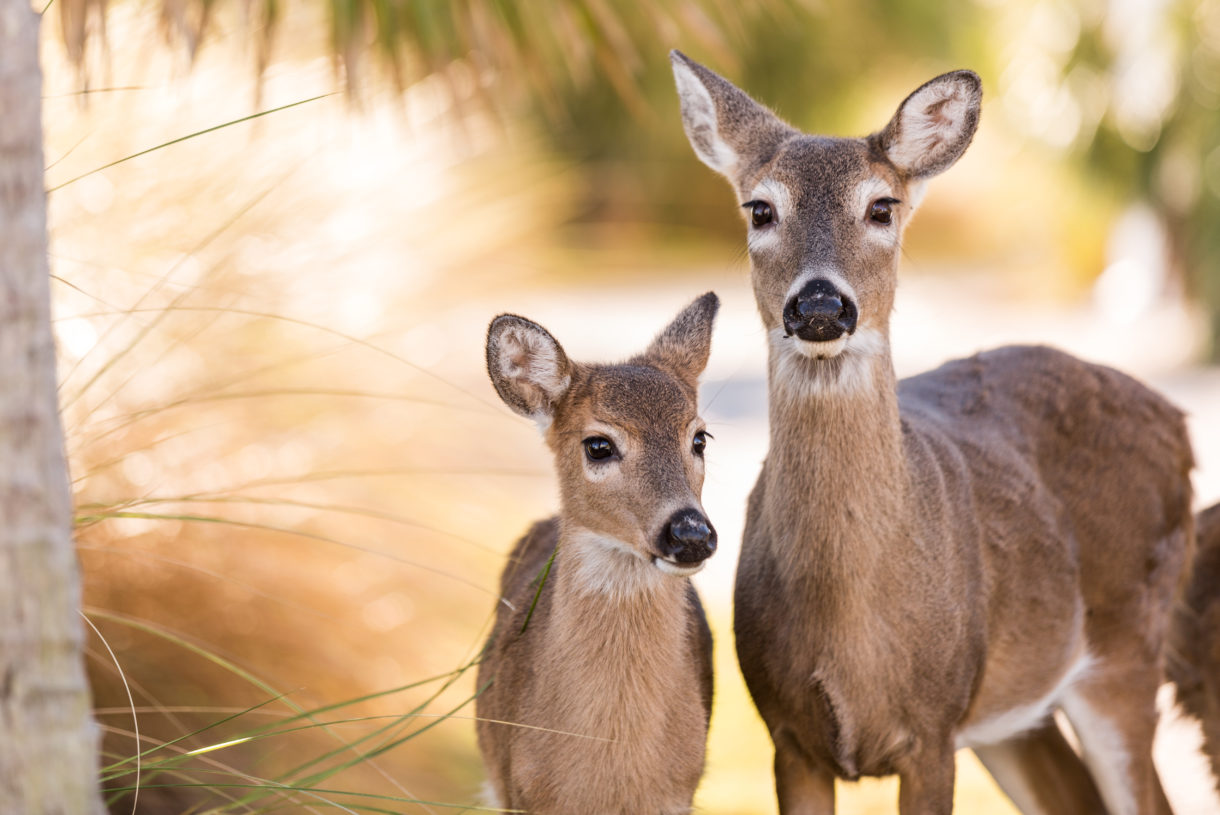
At some point, the harvest management strategy of “shoot every doe in sight” becomes something different. It has to change or you will have very few deer left. Management means adapting to a new deer herd each season. Otherwise you are simply hunting, rather over-hunting as in the prior example.
The new harvest strategy may be one where only enough does are harvested to maintain a specific deer density or the new goal may be to maintain a particular buck to doe ratio. Ideally, adaptive harvest management factors in deer density (impacted by fawn production) and ratio goals as the deer population changes each year.
This makes sense. I think we’ve shot ourselves in the foot for years by thinking we needed to shoot more does. We did it because we had tags for them, but I think we had more hunters on the property than we needed.